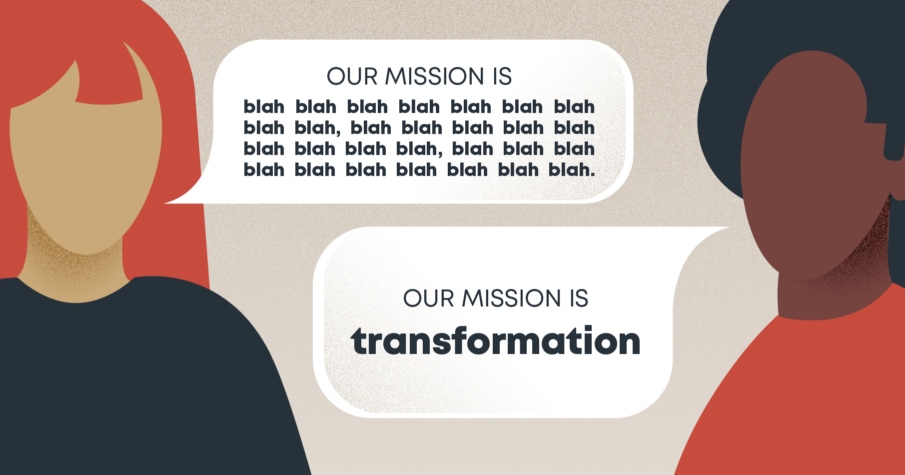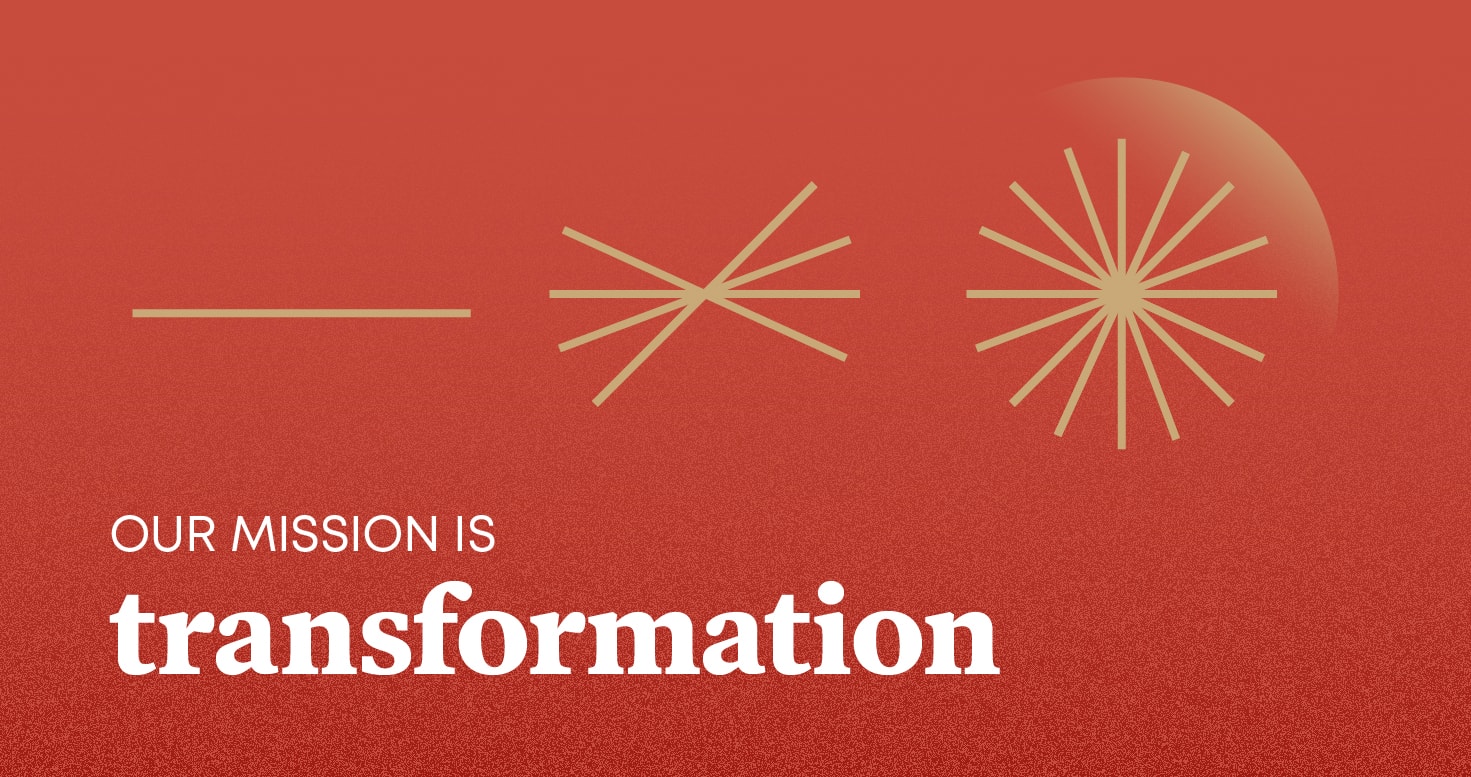
The Role of Marketing in Mergers & Acquisitions (The Tale of the Twinkie)
In 2012, Twinkie fans taught us an important lesson about marketing: When it comes to company valuation, customer loyalty is king.

Once upon a time earlier in my career, I found myself at an organization where the mission wasn’t very clear. I struggled to connect my work to a greater purpose — what’s our focus? What rules do we live by? What are we trying to accomplish? I ultimately decided to part ways with the company, and brought this up in my exit interview.
Their response was to point to the wall, where apparently the mission had been written the whole time.
I’d seen that mission every day. Walked by it on my way to the water cooler, stared blankly at it while daydreaming. I could probably have even recited it to you. But it’s the quintessential example of a larger systemic problem: that words on a wall ≠ a mission statement.

The use of corporate mission statements dates back as early as 1974, when Peter Drucker advised executives to define the purpose and mission of their businesses as a strategic imperative. The idea caught on, and before long every organization from universities to Fortune 500 companies to nonprofits had one.
In fact, if you’re a business leader reading this, your company likely has a mission statement too. Maybe you wrote it as part of a small business loan application, or as an output of an offsite retreat where you and your team came away energized. Maybe, like my former employer, you even have those words painted on the wall.
These days, mission statements are almost comically ubiquitous. Unfortunately, they’ve been diluted, beaten down, and stripped of everything meant to make them powerful. Here are some of the problems we see with mission statements as they’re traditionally written:
Pop quiz: Without looking at the wall (or wherever), can you recite your mission statement right now, without cheating? More importantly, could anyone on your team?
If the answer is no, then any work you put into drafting that mission statement has gone to waste. Because if your mission statement is buried in a binder, hidden away on some file in your server, or even written on the wall, no one will be able to call it to mind when it matters — which means it will do nothing to inform their work.
Even if you’re part of the rare cohort of businesses who do have a mission statement, and employees can recite it… its power still hinges on precisely what it is they’re reciting. Unfortunately, most mission statements are copy-by-committee — written in a way that they make your eyelids start to droop by the end.
Consider Albertsons’ mission statement:
“To create a shopping experience that pleases our customers; a workplace that creates opportunities and a great working environment for our associates; and a business that achieves financial success.”
Or Gillette’s:
“We will provide branded products and services of superior quality and value that improve the lives of the world’s consumers. As a result, consumers will reward us with leadership sales, profit, and value creation, allowing our people, our shareholders, and the communities in which we live and work to prosper.”
Or Aflac’s:
“To combine aggressive strategic marketing with quality products and services at competitive prices to provide the best insurance value for consumers.”
Still awake? If so, are you noticing a theme here? “We provide quality product X which adds value Y for our customers, ultimately enabling Z financial success for shareholders.”
Pardon my bluntness, but no duh. Every company is in business to deliver a product or service to a set of customers to make money. We don’t need a generic set of corporate buzzwords strung together to know that’s probably true for your business too.

Here’s another favorite:
“It is our mission to continue to authoritatively provide access to diverse services to stay relevant in tomorrow’s world.”
Can you guess whose mission that is? No, you can’t, because I just pulled it from this random generator. Felt like it could be real though, didn’t it? And that’s the problem.
Is it any wonder that mission statements structured this way do nothing to inspire your team? Do you think Gillette’s employees wake up every day eager to create value for shareholders? Do Aflac employees’ eyes light up when they talk about strategic marketing and quality products?
This is the greatest limitation of traditional mission statements: They don’t do the very thing they’re supposed to do. Structured well, a mission statement should inspire your team and tell the world what you stand for. And that means going beyond describing your products and services.
For over 20 years, Kinesis has worked with small businesses of all kinds to narrow this focus and use mission statements to get to the core of a company’s identity. This means approaching it not with the question of “what” you do (like creating a shopping experience or providing affordable insurance) but “why” you do it.
And that why should transcend statements like “to generate a profit” or “to sustain the business.” In other words, if you knew you weren’t going to fail, why would you still want to do it? What inspires you about this work? What gets you out of bed in the morning? Keeps you going when things get tough?
And we’ve found that answering these questions is hard to do with a long, winding manifesto.
After decades of working with the small business community, we’ve developed a tried-and-true approach to writing a mission statement that counteracts these tired models of the past. We ask our clients to boil down their purpose for being as entirely as they can.
Into a single word.
There are a few reasons this approach has been so successful:
Remember earlier, when we asked you to recite your mission statement? Or worse, asked your team to do so? Chances are, if you asked for a show of hands who knows your mission statement, you’d get a room of full pockets.
How might that change if your mission statement was a single word instead? You can’t get much more memorable than that — and imagine the power of having a mission statement that could be called to mind that easily. What could that do to inspire your team and inform their work?

The beauty of a single word is that it never stands on its own — it requires explanation, and as a result, inspires conversation. When Kinesis team members attend networking events, for example, we introduce ourselves by saying that Kinesis is on a mission of transformation.
That sentence alone is one designed to prompt additional dialogue, which means that the exchange never ends there. Our team then gets to elaborate on what transformation means to us.
Of course, that also then requires that transformation has to mean something to us. And not in the sense of memorizing some fluffy statement on the wall, but in describing a personal relationship to the business’ overall purpose — applied flexibly given the context. At a networking event with small business owners, I might say:
“At Kinesis, our mission is transformation. That’s because we believe that small businesses have a wealth of untapped potential, and we’re out to catalyze their growth and evolution.”
If I were at a recruiting event at a local university, I might say:
“Kinesis is all about transformation. We know that change is the only constant, so we’ve shaped our work around it. We seek to be transformative in every initiative we undertake.”
The same goes for a hosted workshop, a TED talk, or a sales conversation with a prospect. While the context may change, the core idea remains the same: “Kinesis is in the business of transformation. Here’s what that means…”
That personalization gives a mission statement power that none of the corporate examples above could ever achieve.

A single word may sound deceptively simple, but boiling your mission statement down to one meaningful concept requires investigation, an open mind, and some serious elbow grease. Are you bringing ingenuity to every project? Or aiming to revolutionize your industry? Or, perhaps you’re like our friends at Impact NW — who settled on two words, Preventing Homelessness. (*Psst: Interested in developing your own one-word mission and using it to catapult your company forward? We can help.)
Whatever the case, making your mission statement as powerful as possible is only the beginning. It isn’t enough to land on the perfect word; then you have to go do it. It isn’t enough to announce it to your team a single time; it should be infused into your vernacular daily. It isn’t enough to write the mission statement on the wall; every employee should feel energized by your core purpose and see their own place in it (and not just during their exit interview).
But done right, you can take your mission statement from squishy corporate blather to something that makes a meaningful difference in your organization. It all boils down to one question: What’s your purpose?
Kinesis works with small business leaders to get to the core of a company's purpose. Learn more about our unique approach.
Get insights like this straight to your inbox.
Notifications